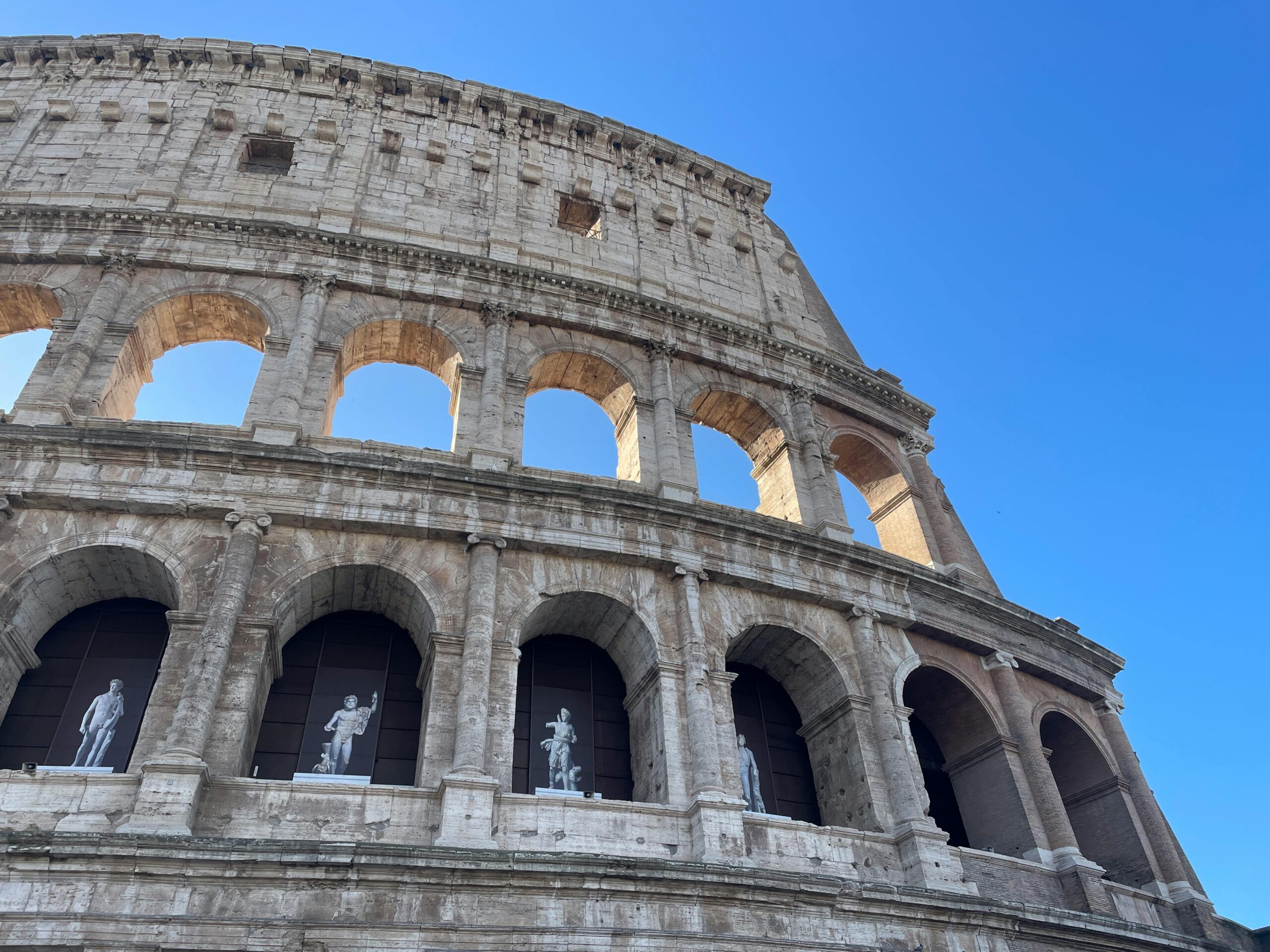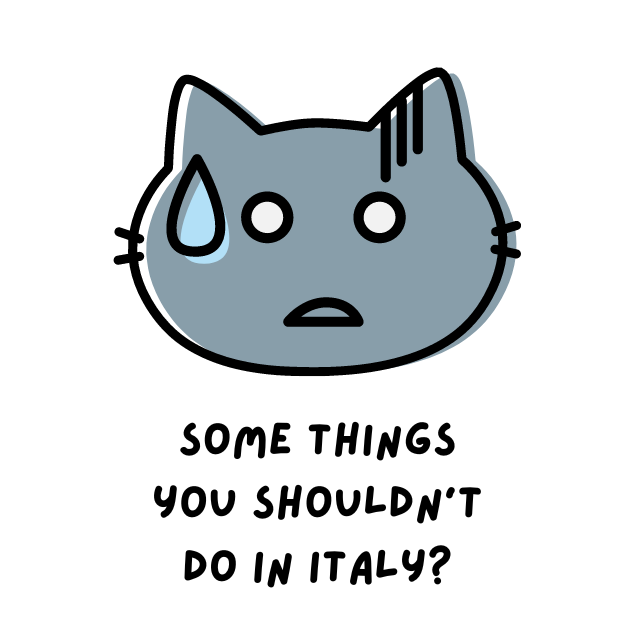Racism is a complex and sensitive issue that exists in various forms across the globe. Italy is no exception. While it’s important to acknowledge that racism is not unique to any one country, understanding its specific context within Italy can shed light on the nuances and challenges faced by both locals and immigrants.
Thank you for reading this post, don't forget to subscribe!Historical Context and Regional Differences
Italy’s history with racism is deeply intertwined with its socio-political landscape and regional differences. Historically, Italy has not been a melting pot of ethnicities like some other European countries. The nation has largely been homogeneous, with regional cultures and identities playing a significant role. This regionalism has historically manifested in discrimination between Northern and Southern Italians. Northerners often referred to Southerners derogatorily as “terroni,” meaning “people who work the land,” and associated them with criminality and the Mafia. Over time, however, this internal discrimination has diminished as Southerners have integrated into Northern cities.
Modern-Day Racism and Immigrant Integration
Today, racism in Italy often centers around immigrants, particularly those from North and Central Africa. The Italian immigration system faces significant challenges, with many migrants entering the country illegally and without proper documentation. This situation creates a sense of fear and anxiety among Italians, as undocumented immigrants often live on the margins of society, making it difficult for them to integrate. The crime rate among immigrants is proportionately higher than among Italians, contributing to negative stereotypes and fear.
Public Perception and Media Influence
The media plays a significant role in shaping public perception of immigrants in Italy. Sensationalized reporting on crimes committed by immigrants can exacerbate fears and reinforce racist attitudes. Additionally, political rhetoric often focuses on immigration as a security threat, further fueling public anxiety.
Generational Perspectives
Racism in Italy also varies across generations. Older Italians, who have lived through significant social and political changes, may be more likely to harbor racist sentiments, influenced by historical prejudices and a fear of the unknown. Conversely, younger Italians tend to be more open-minded, having grown up in a more globalized and interconnected world. They are generally more accepting of diversity and less influenced by stereotypes.
Legal and Social Responses
Addressing racism in Italy requires a multifaceted approach. Stricter immigration laws and better integration policies could help alleviate some of the fear and anxiety surrounding immigration. Education and awareness campaigns are crucial in combating stereotypes and promoting understanding between different communities. Encouraging positive interactions and cultural exchange can also help bridge the gap between Italians and immigrants.
Comparing Racism in Italy to Other Countries
While racism is a global issue, its manifestations differ based on historical, social, and political contexts. Comparing Italy to other countries can provide valuable insights. For instance, countries with a longer history of immigration, such as the United States or the United Kingdom, have developed more robust frameworks for integration and anti-racism initiatives. However, they still face significant challenges. Italy, with its relatively recent exposure to large-scale immigration, is navigating these complexities with varying degrees of success.
Conclusion
Racism in Italy, like in many other countries, is a multifaceted issue influenced by historical, social, and political factors. While appearances and integration play significant roles in how individuals are perceived, broader systemic issues must also be addressed. Understanding the roots of racism and working towards better integration and education can help Italy move towards a more inclusive and accepting society. By acknowledging and confronting these challenges, Italians can foster a more harmonious coexistence with their diverse and evolving population.
 Categories
Categories
 Discover Italy
Discover Italy
 Life
Life
 Travel
Travel
 Nature
Nature
 Explore Food
Explore Food


























